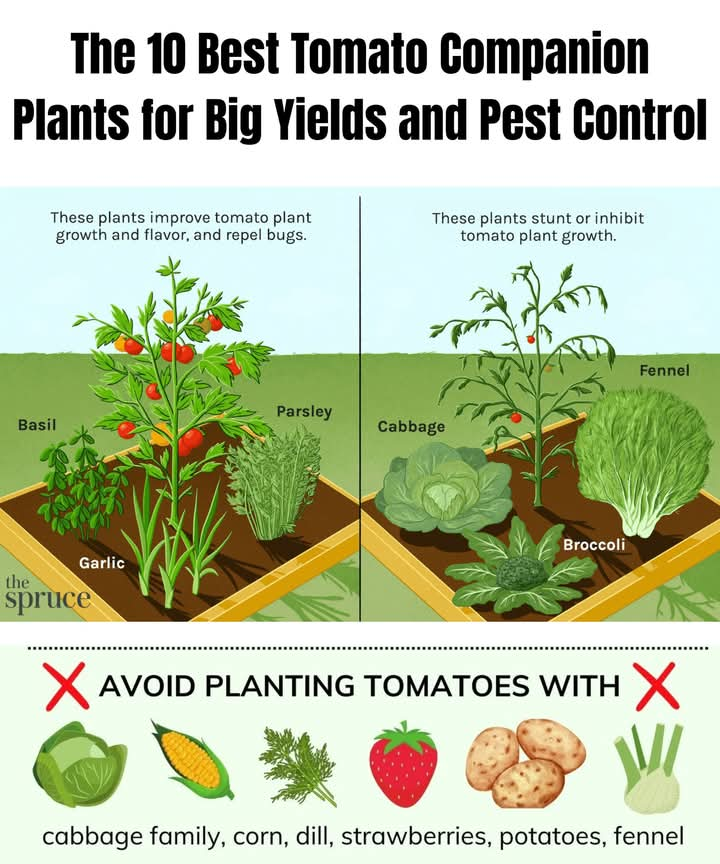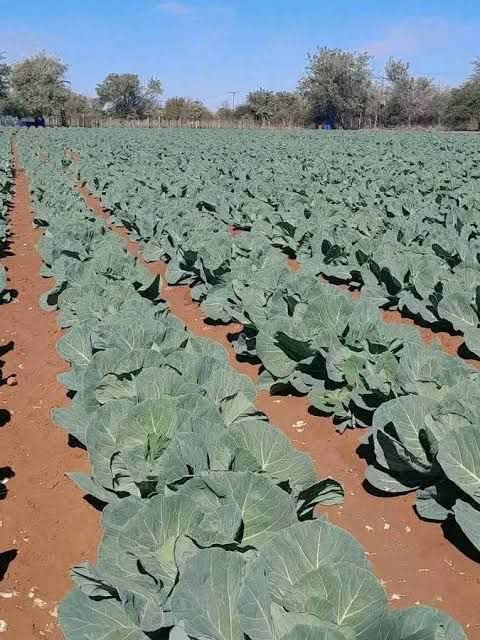How to Grow Cabbage ‘Gloria F1’ for a Bountiful Harvest
How to Grow Cabbage ‘Gloria F1’ for a Bountiful Harvest
Growing the cabbage variety Gloria F1 is a rewarding endeavor, known for its vigorous growth and adaptability to various climates. This guide will take you through the key steps to successfully grow Gloria F1 cabbage, from seed planting to harvest.
1. Select the Right Time
Cabbage is a cool-season crop, so timing is crucial. For spring planting, start seeds indoors 6-8 weeks before the last expected frost. For a fall harvest, plant seeds in mid-to-late summer, allowing the plants enough time to mature before temperatures rise.
2. Starting Seeds Indoors
Sow your seeds about 1/2 inch deep in a sterile seed-starting mix.
Maintain the soil moisture and temperature between 65-75°F (18-24°C) for optimal germination. In 5-10 days, your seedlings should begin to emerge. Keep them in a well-lit spot or under grow lights until they’re ready to be transplanted.
3. Transplanting Seedlings
Once the seedlings develop 3-4 true leaves, it’s time to harden them off. Gradually expose them to outdoor conditions for about a week, allowing them to acclimate.
When the seedlings are ready, transplant them into your garden. Space them 12-24 inches apart, depending on your desired cabbage size. For best results, leave 2-3 feet between rows to allow for proper growth.
4. Site and Soil Requirements
Cabbages thrive in full sun, so choose a location with at least 6 hours of sunlight per day.
They prefer well-drained, fertile soil with a pH range of 6.0-7.5. To improve soil fertility, incorporate plenty of organic matter like compost or well-rotted manure. You can also apply a balanced fertilizer to ensure healthy growth.
5. Watering and Care
Keep the soil consistently moist, but avoid making it soggy. Cabbage requires about 1 to 1.5 inches of water per week.
Mulch around the base of the plants to help retain moisture and suppress weeds, especially during dry spells.
6. Fertilization
For optimal growth, apply a nitrogen-rich fertilizer around midseason to promote leafy development. Be cautious not to over-fertilize, as it can result in rapid growth that compromises solid head formation.
7. Pest and Disease Management
Watch for common pests such as cabbage loopers, aphids, and slugs. Treat them with organic or chemical controls if necessary.
Also, be on the lookout for diseases like clubroot or black rot. Prevent these by practicing crop rotation and maintaining good garden sanitation.
8. Harvesting
Gloria F1 cabbage typically matures in about 70-80 days after transplanting. The heads should feel firm when squeezed, indicating they are ready for harvest. Cut the cabbage at the base of the stem to ensure maximum yield.
By following these steps, you’ll be able to grow healthy, productive Gloria F1 cabbage and enjoy a bountiful harvest for your table or market.




